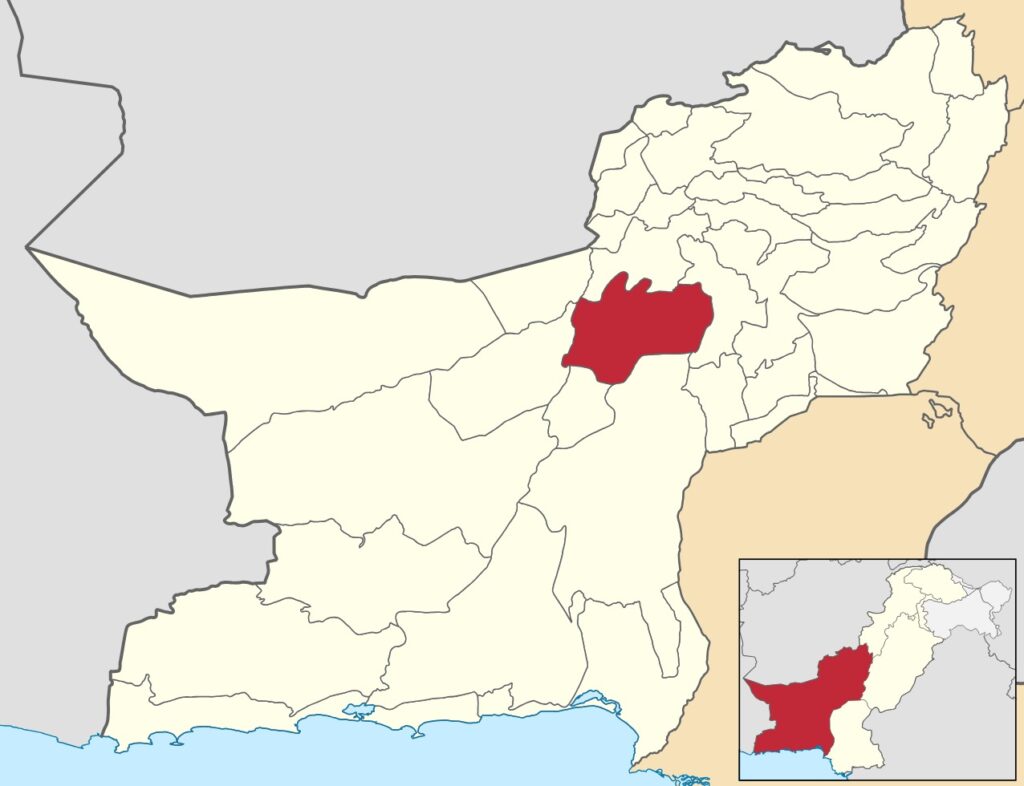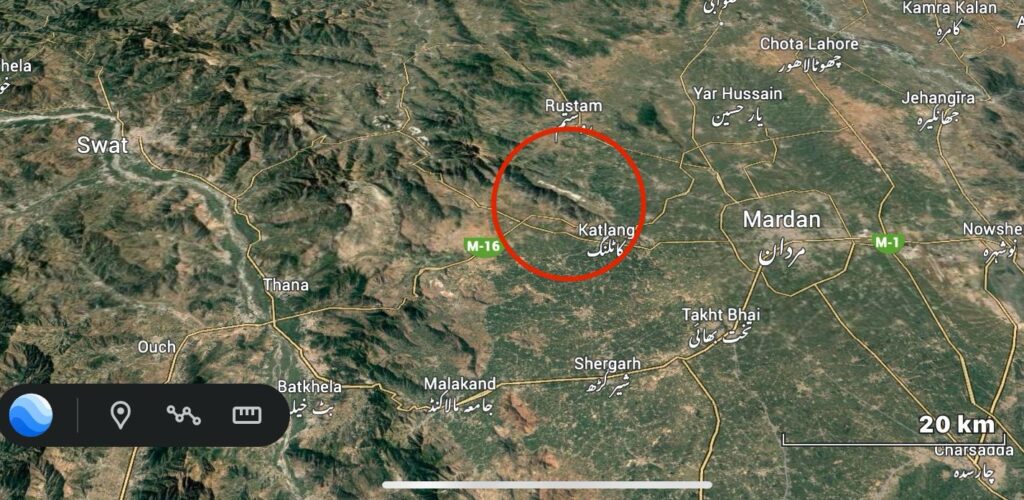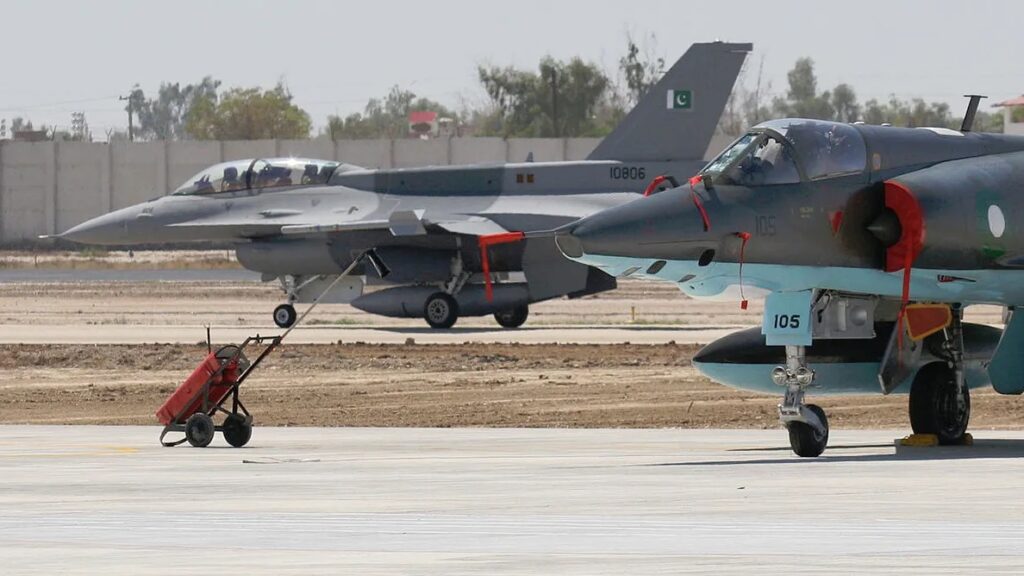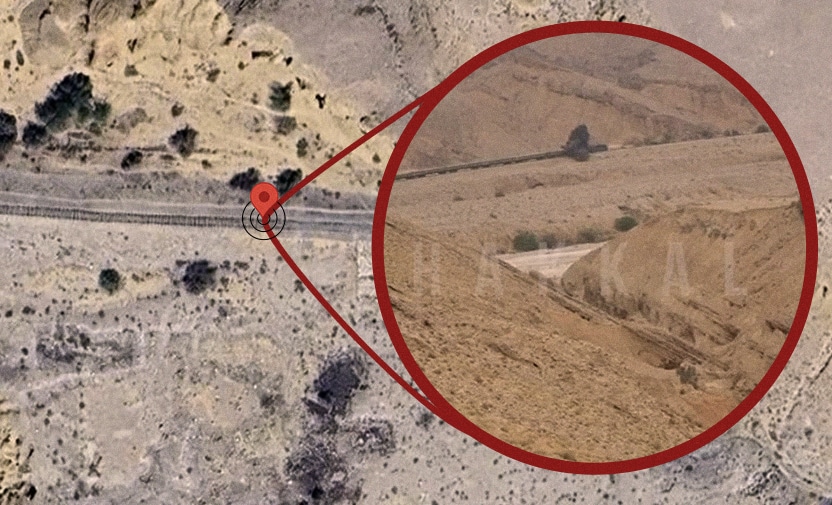QUETTA: Tremors of earthquake were felt in Kalat a short while ago. According to a televised report light tremors were felt in Kalat in surrounding.
The magnitude recorded on the rector scale was three.
The center of the earthquake was 12 km underground near Kalat.
The feared people immediately left their houses reciting Kalma Tayyaba.
No details about the lives or the infrastructure damage have been recorded so far.
It is worth mentioning that the earthquake tremors have been frequently felt in the Balochistan’s area in the recent times.
A few months ago, a massive earthquake in Musa Khel caused disaster and nearly a hundred houses were collapsed causing 12 injuries.
Balochistan is one of Pakistan’s most earthquake-prone regions due to its location along major tectonic plate boundaries.
The province lies close to the Eurasian and Indian Plate collision zone, where constant movement of the Earth’s crust creates significant seismic activity.
This geological setting makes Balochistan vulnerable to moderate and major earthquakes throughout the year.
Historically, several powerful earthquakes have struck the region, some causing widespread destruction because many towns and villages consist of mud-brick or unreinforced structures that cannot withstand strong shocks.
The terrain is mountainous and remote, which often leads to slower access for rescue teams and makes damage assessment more challenging.
As a result, even moderate earthquakes can have significant humanitarian impact.
The most active fault lines in Balochistan include the Chaman Fault, Makran Subduction Zone, and the Ornach-Nal Fault, all of which are capable of generating strong earthquakes.
The Chaman Fault, in particular, runs through the western part of the province and is one of the longest and most active strike-slip faults in the region.
The Makran Subduction Zone, located along the coast, poses the additional risk of triggering tsunamis if a major undersea quake occurs.
Earthquakes in Balochistan often lead to ground shaking, landslides, soil liquefaction, and structural damage.
Rural communities, which rely on traditional construction methods, face higher vulnerability.
In some cases, quakes disrupt communication networks, drinking water supply, and electricity, further complicating emergency response efforts.
The government, NDMA, PDMA Balochistan, and rescue organizations regularly conduct preparedness programs, but the vast geography of the province remains a challenge.
Efforts to improve resilience include promoting earthquake-resistant construction, establishing emergency response units, strengthening monitoring systems, and educating communities about safety measures.
Continued investment in infrastructure, early-warning systems, and awareness campaigns can significantly reduce future risks.





